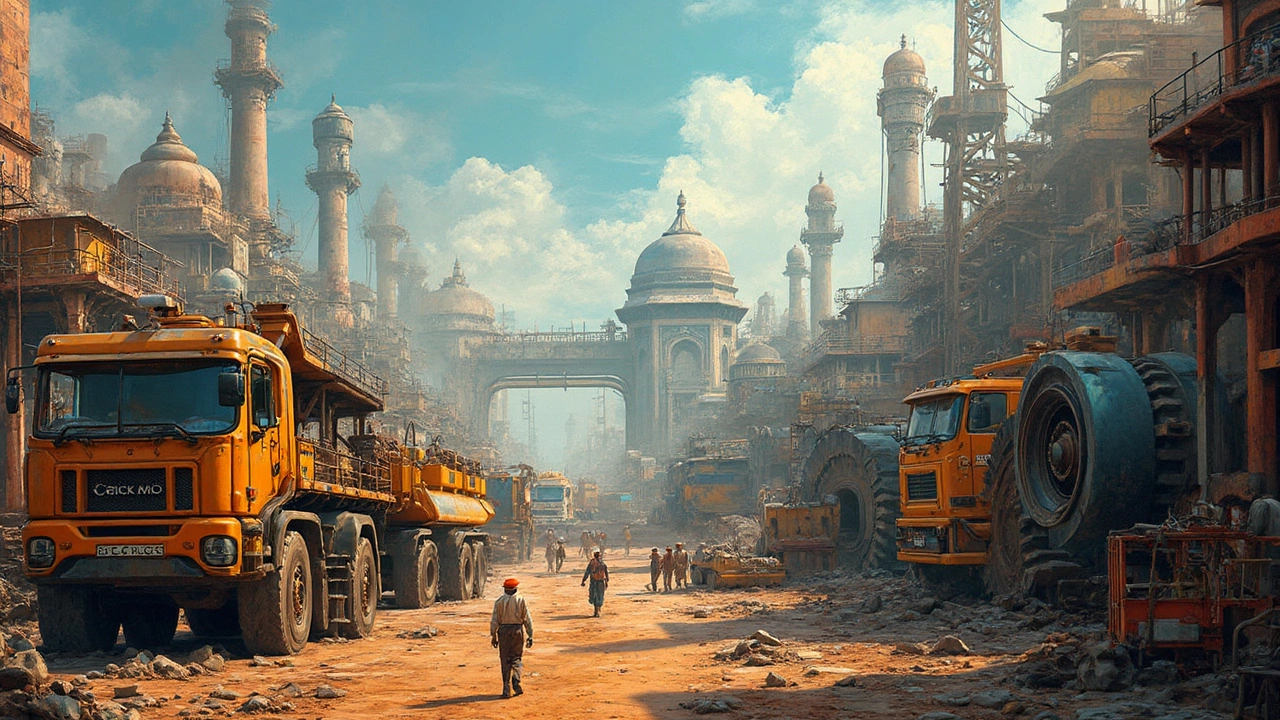Indian Machinery Industry: What’s Happening Now?
If you’ve been watching India’s factories, you’ve probably noticed a surge in machine purchases, new plants, and fresh export deals. The country’s machinery sector isn’t just expanding – it’s reshaping how goods are made across the sub‑continent. In this guide we’ll break down why the industry is booming, what hurdles it faces, and where the next big opportunities lie.
Growth Drivers
First off, government policies have given the sector a serious boost. Initiatives like Make in India, tax breaks for capital equipment, and relaxed import duties on key components have lowered the cost of setting up a new line. That means more local firms can afford to modernize, and foreign manufacturers see India as a viable production hub.
Second, the demand side is exploding. With rising incomes, consumers are buying more appliances, cars, and electronics – all of which need reliable machines to be built. The construction boom in tier‑2 and tier‑3 cities also fuels demand for cement mixers, crushers, and other heavy equipment.
Third, technology is speeding things up. Automation, IoT sensors, and AI‑driven quality control are being adopted even by midsize plants. The result is higher output, less waste, and better profit margins. Companies that invest in smart machines now are already seeing a return on investment within a year.
Challenges & Future Outlook
Despite the positive trends, the industry still wrestles with a few real problems. Skilled labor shortages top the list – many factories can’t find technicians who understand both mechanical systems and digital interfaces. Training programs are expanding, but the gap remains.
Supply chain hiccups also bite. While many components are sourced locally, critical parts like high‑precision bearings and advanced controllers still come from abroad. Any global shipping delay can halt a production line, so firms are building safety stock and looking for domestic alternatives.
Finally, environmental regulations are tightening. The government is pushing for lower emissions and energy‑efficient machines. This forces manufacturers to upgrade older equipment or face penalties, which can be costly in the short term.
Looking ahead, the outlook stays bright. Analysts predict a double‑digit CAGR for the next five years, driven by continued infrastructure projects and a surge in renewable‑energy equipment manufacturing. The rise of electric vehicles will create new demand for specialized gear boxes and battery assembly lines, opening fresh niches for local machine makers.
For investors, the sweet spot lies in companies that blend traditional manufacturing strength with digital services – think firms offering machine‑as‑a‑service, remote monitoring, and on‑site training. These value‑added services not only create steady revenue but also lock customers into long‑term relationships.
In short, the Indian machinery industry is at a turning point. Strong policy support, booming demand, and rapid tech adoption are driving growth, while labor, supply chain, and environmental challenges keep it interesting. Staying ahead means investing in skill development, embracing smart equipment, and keeping an eye on emerging sectors like EVs and clean energy. Keep these factors in mind, and you’ll be ready to ride the next wave of manufacturing success in India.
